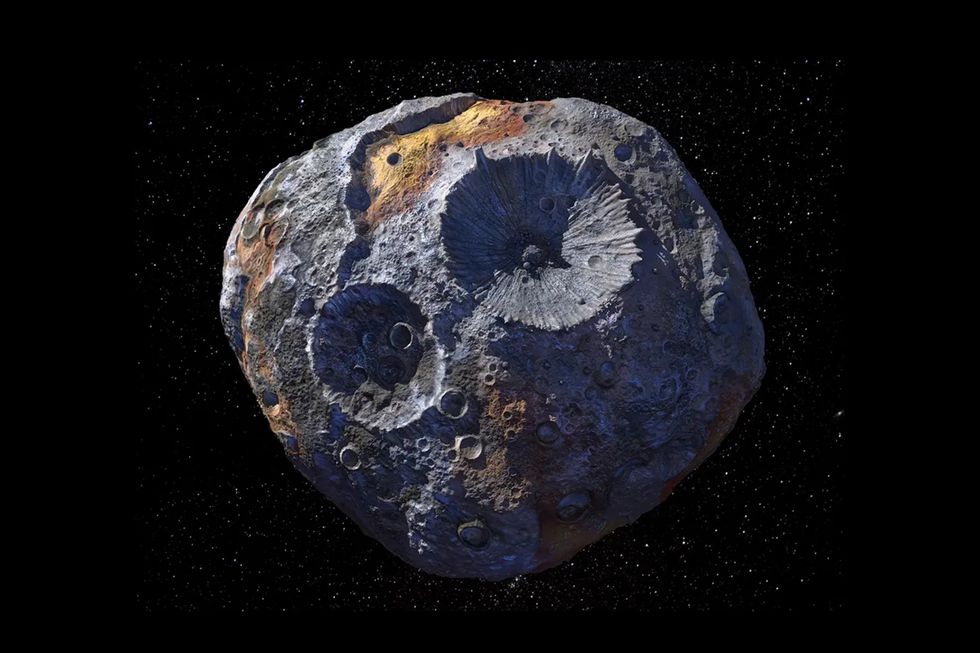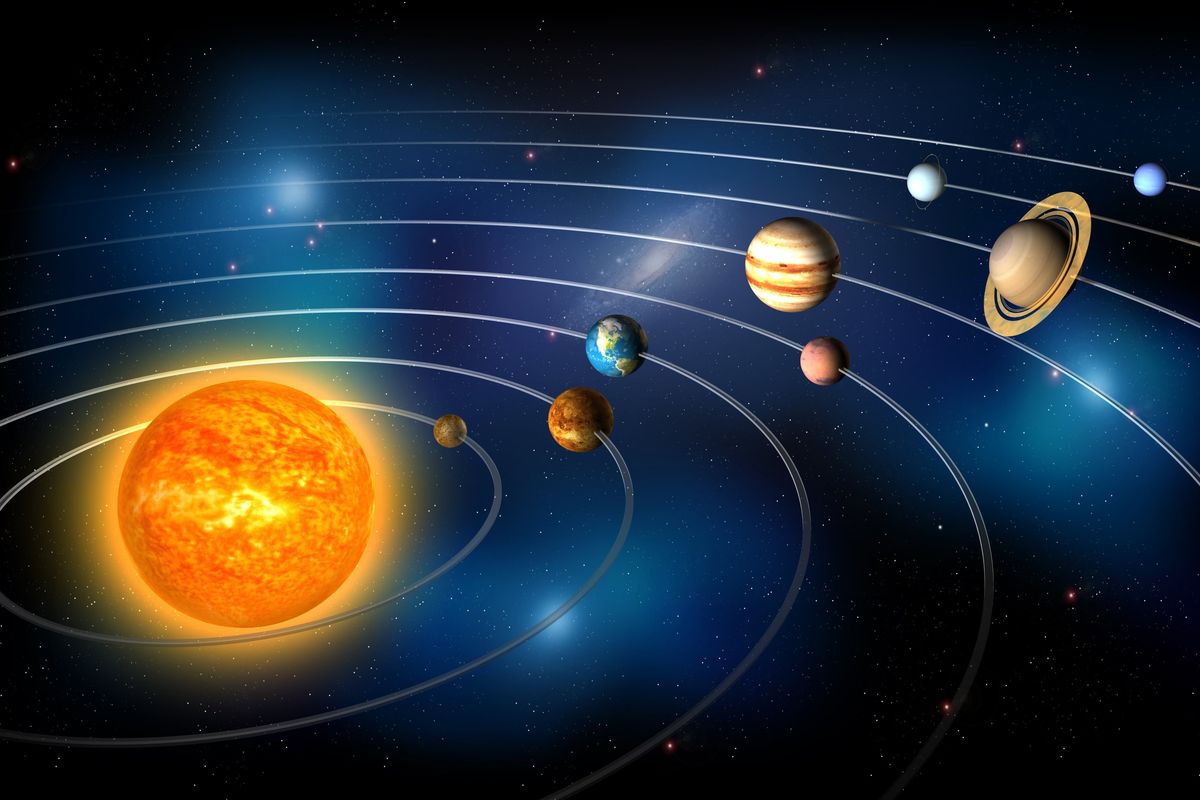How Much Money Is This Asteroid Worth?!
ZMG - Amaze Lab / VideoElephant
Anyone who’s watched the 2021 black comedy ‘Don’t Look Up’ will recall the plans, proposed by Mark Rylance’s odious billionaire Sir Peter Isherwell, to mine a comet that is hurtling towards Earth.
And whilst the fictitious tech entrepreneur’s greed and ignorance ultimately seal humanity’s doom, his idea isn’t as far-fetched as it may sound.
Indeed, there exists an asteroid, christened Psyche by scientists, that is a veritable treasure trove of rare elements and metals, whose value has been estimated at a staggering $100,000 quadrillion. That’s many, many multiples of the entire world’s economy.
It was discovered by Italian astronomer Annibale de Gasparis on March 17, 1852, who named it after the Greek goddess of the soul who was born mortal and married Eros (better known by his Roman name Cupid), the god of Love.
It is sometimes referred to as 16 Psyche because it was the sixteenth asteroid to be discovered.
The reason for its genuinely unfathomable worth is that it is believed to be made up of elements including platinum and palladium, which are essential to cars and electronics down here on Earth.
The composition of the irregular, potato-shaped asteroid, which has a surface area of 64,000 square miles (165,800 square kilometres) is likely between 30 and 60 per cent metal, according to NASA.
The agency’s experts believe that it is, in fact, the exposed nickel-iron core of an early planet (also known as a planetesimal) – one of the building blocks of our solar system.

By combining radar and optical observations, scientists have generated a 3D model of Psyche that suggests that there is significant variation in the metal content and colour of the asteroid over its surface.
But until anyone gets to see the space rock close-up, no one can be sure what it actually looks like or what it’s made of. And Psyche isn’t exactly a hop, skip and a jump away.
The asteroid orbits the Sun between Mars and Jupiter at a distance ranging from 235 million to 309 million miles (378 million to 497 million kilometres) from the Sun.
That’s around three times farther from the Sun than we are, and to reach it from Earth would take around six years.
So will anyone follow Isherwell’s example and head over there with their drills?
Well, in fact, NASA’s already on its way.
In October 2023, the space agency launched its Psyche mission to reach the now-legendary asteroid.
Still, its scientists say they aren’t motivated by gold fever, but by the desire to learn more about how the Earth’s core, and the cores of other rocky planets, came to be.
The asteroid is most likely the remnants of multiple violent impacts, which were common when the solar system was forming
“Psyche offers a unique window into the violent history of collisions and accretion that created terrestrial planets,” NASA says on its dedicated Psyche mission webpage.
The investigation also aims to find out whether the 280km (173 mile)-wide rock really is the core of a planetesimal.

But will other, more financially-minded organisations follow in NASA’s footsteps and make their own trips to the asteroid?
Philip Metzger, a planetary physicist at the University of Central Florida, thinks so.
He told Live Science that the only difference between mining on Earth and on an asteroid is that the latter requires equipment that can withstand low-gravity, high-radiation conditions.
This equipment also needs to be able to function autonomously, since it could take more than 20 minutes for a radio wave containing instructions to reach an asteroid, especially if it's on the other side of the sun.
And yet, this technology already exists and has been tested in laboratories – although it’s not quite ready for use.
On NASA's Technology Readiness Levels scale, which ranges from 1 to 9, our current equipment for space mining sits between a 3 and a 5, Metzger said.
"The technologies need to be advanced — about a 6 to 7 — before we're ready to start building a flight mission," he added. "What's lacking right now is funding."
But, if money were to pour in now, we might see small-scale asteroid mining in five years’ time.
Any progress toward asteroid mining will likely come from the private sector, Kevin Cannon, of the Colorado School of Mines' Space Resources Program, also noted.
However, making the case for mining asteroids isn’t as easy as you might think.
Bringing materials back to Earth is "economically dubious," Cannon also told Live Science, stressing that it would be astronomically expensive to do so, and platinum group metals are actually declining in price.
Nevertheless, he pointed out, that rocks like Psyche might also be an important source of materials needed for space exploration and settlements.
"For example, if we extracted water from [a] water-rich asteroid, we could split that apart into hydrogen and oxygen, and use that as rocket propellant to refuel spacecraft," Cannon said.
Meanwhile, metals mined from asteroids could be transformed into large structures and human bases in space.
"There's no magic technology that we have to invent to mine asteroids. We have the technology," Cannon added.
"It's a matter of having the will to do so and putting the capital towards doing it."
Sign up for our free Indy100 weekly newsletter
How to join the indy100's free WhatsApp channel
Have your say in our news democracy. Click the upvote icon at the top of the page to help raise this article through the indy100 rankings
Top 100
The Conversation (0)
x














